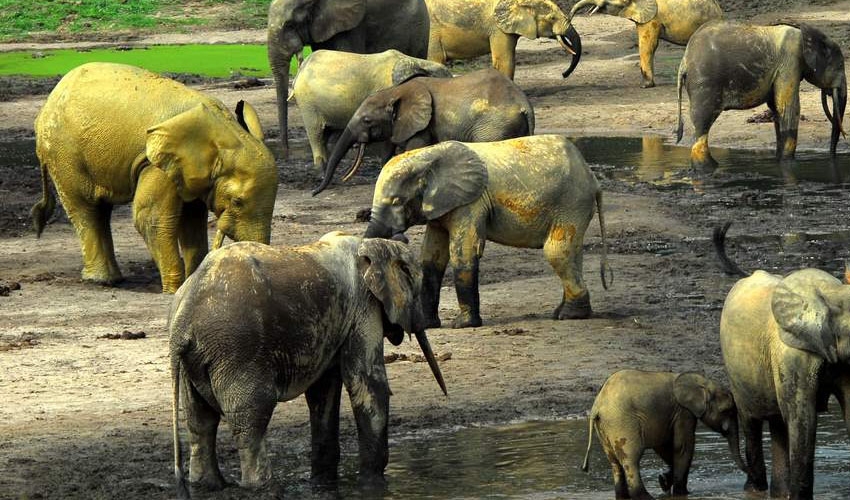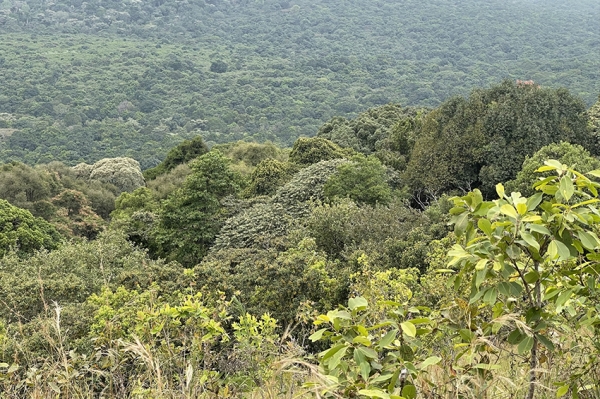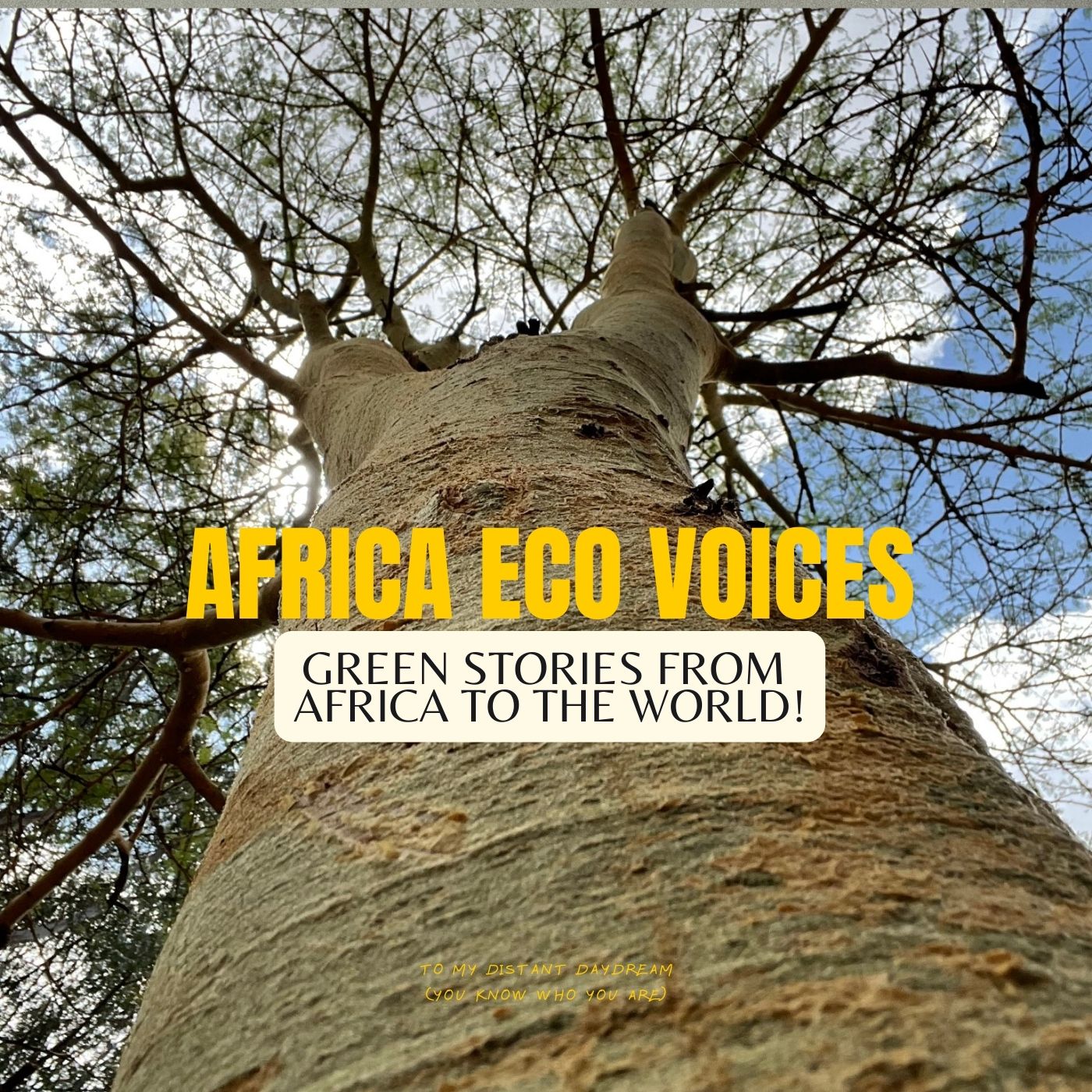Writer's Guidelines
- Write a 200 – 300 word article outline and submit it for editorial feedback before commencing the entire story. Refer to the section below these guidelines for an example of such an article outline.
- Develop text that is technically and creatively sound.
- Provide high-resolution photos to accompany the story.
- Where possible, produce a concrete 1 – 3 minute audio and/or video to accompany the story. It should be as simple as possible and mostly focus on 2 – 3 interviews with local people. The audios and videos can even be captured by phone and sent to you via whatsapp or any other digital means, if you cannot travel to the actual physical location.
- Conduct sufficient research that ensures the story’s accuracy. Where applicable, use the Harvard Referencing System.
- Ensure that the story incorporates indigenous knowledge and local perspectives. As such, interview at least three local people and quote them in the story.
- Be precise and to the point. Say more in less.
- Adopt a fast pace that utilizes action verbs instead of weak sentence structures.
- Articulate and celebrate the natural wealth of respective ecosystem and biodiversity issues that you are featuring.
- Employ a positive tone that acknowledges challenges through solutions-oriented lens.
- Explain the green economy and/or blue economy potential of your subject matter.
- Develop plot twists that captivate, educate and inspire readers.
- Ensure that all editorial and review comments are duly incorporated into the final draft of the story.
- Ensure that the story is between 1,200 and 1,500 words.
- Ensure that the story is written as per these guidelines and is completed on time.
- Familiarize yourself with the Pan African Action Agenda on Ecosystem Restoration for Increased Resilience. You can find it in the links below:
- Pan African Action Agenda on Ecosystem Restoration for Increased Resilience (English version)
- Pan African Action Agenda on Ecosystem Restoration for Increased Resilience (French version)
Article Outline Example
- Introduction:
- Brief overview of Kakamega Forest
- Location and size of the forest
- Biodiversity and unique features
- Importance of conservation and restoration of forest ecosystems
- Brief overview of Kakamega Forest
- State of Kakamega Forest:
- Extent of the forest’s degradation
- Extent of the forest’s restoration
- The forest's restoration within the context of the Pan African Action Agenda on Ecosystem Restoration for Increased Resilience
- Role of Local People in Kakamega Forest’s Conservation:
- Historical and cultural significance of the forest to local community
- Indigenous knowledge about the forest
- Community-based conservation efforts and initiative
- Engagement of local people in decision-making processes
- Demonstrating the potential for sustainable practices in forest restoration
- Promoting the idea of shared responsibility and collaborative efforts in conservation
- Challenges and Future Prospects:
- Addressing ongoing threats to Kakamega Forest
- Articulating untapped opportunities for increased restoration and conservation
- Scaling up community-based conservation efforts
- How does national and regional (Kakamega County) policy support or undermine the forest’s restoration
- The potential for eco-tourism in sustainable economic empowerment
- Conclusion:
- Recap of the importance of local people in conservation
- Emphasizing the significance of the article in showcasing successful forest ecosystem restoration
- Encourage continued collaboration for the long-term conservation of Kakamega Forest.
- Reiterate how the forest’s restoration measures up to the Pan African Action Agenda on Ecosystem Restoration for Increased Resilience



